Red has always been a significant color throughout the world. It’s the color of passion, courage, and strength. But what does it mean when it’s combined with a star? The red star is a symbol that’s been used throughout history and has varied interpretations depending on the culture or ideology that uses it. In this article, we’ll explore the symbolism behind the infamous red star.
One of the most notable representations of the red star is in communism. The Soviet Union adopted the red star as one of their official symbols, representing the ultimate goal of a classless society. The five points of the star represented the unity of workers, peasants, intellectuals, soldiers, and women. It became a pervasive symbol associated with Marxist- Leninist ideology across the globe.
However, the red star has also been used in other contexts, even predating communism. In ancient Egyptian iconography, the red star was a symbol of the goddess Sekhmet, who was associated with war and destruction. It’s also a symbol used by the Red Cross and Red Crescent humanitarian organizations. Additionally, the red star appears on numerous national flags, emblematic of the country’s history, culture, and values.
The History of the Red Star Symbol
The red star has been a symbol used throughout history to represent different things. In many cultures, stars represent hope, guidance, and a beacon of light in times of darkness. The color red, specifically, has been associated with strength, power, and danger. When combined, the red star symbol can take on different meanings depending on the context in which it’s used. Here are a few instances where the red star has played a significant role:
- Soviet Union: The red star is perhaps most widely recognized as the symbol of the communist Soviet Union. The red star with a hammer and sickle superimposed on top of it was featured prominently on the country’s flag, military gear, and other official emblems. It represented the country’s military might, internationalism, and socialist principles.
- China: The red star is also a significant symbol in communist China, where it continues to be used on the country’s flag and as a symbol of the country’s Communist Party. It represents the guiding light of the Chinese Communist Revolution and the country’s socialist ideals.
- War and military: In the context of war and military strategy, the red star has often been used to represent victory and strength. The symbol was used on Soviet and other communist countries’ military gear as a way of showing strength and solidarity. The symbol has also been used in WWII, where it was used to differentiate the allies from the axis powers.
The use of red star in national flags
The red star symbol is a popular motif on national flags, where it represents different values and ideologies of the respective countries. Here, we discuss the various meanings attributed to the use of the red star in national flags.
- Symbol of communism: The red star is most commonly associated with communism and socialist movements. It came to prominence during the Russian Revolution in 1917 and was also adopted by other communist states.
- Representation of revolutionary ideals: For countries that have undergone significant political upheaval and revolution, such as China and Vietnam, the red star symbolizes revolutionary ideals and the struggle for independence.
- Symbol of military prowess: Some countries use the red star in their national flags to represent their military strength and victories. For example, North Korea, which has a red star in its flag, often uses military parades to celebrate its military achievements.
While the use of the red star in national flags is widespread, its representation varies across countries. Here are a few examples:
In the Chinese national flag, the red star is surrounded by four smaller stars, which represent the unity of the Chinese people under the leadership of the Communist Party of China. The Vietnamese flag features a yellow star in the middle of the red background, which represents the country’s socialist path and the struggle for freedom and independence. On the other hand, the flag of Chile has a blue background with two white horizontal stripes and a red star in the canton, symbolizing progress and the guidance of the state.
| Country | Flag | Meaning of red star |
|---|---|---|
| Russia | 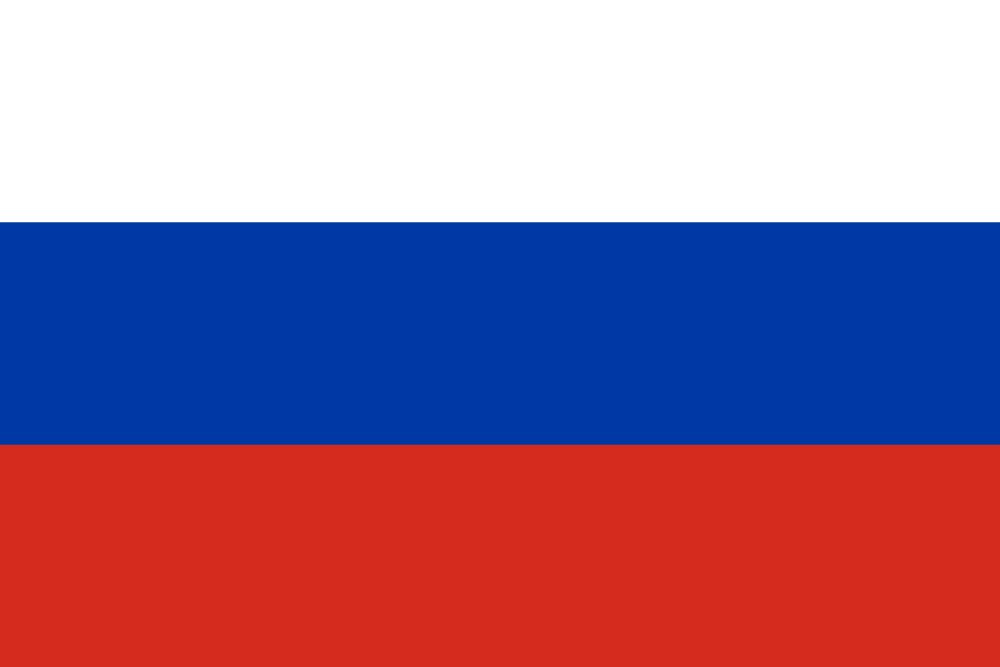 |
Communism and socialism |
| China | 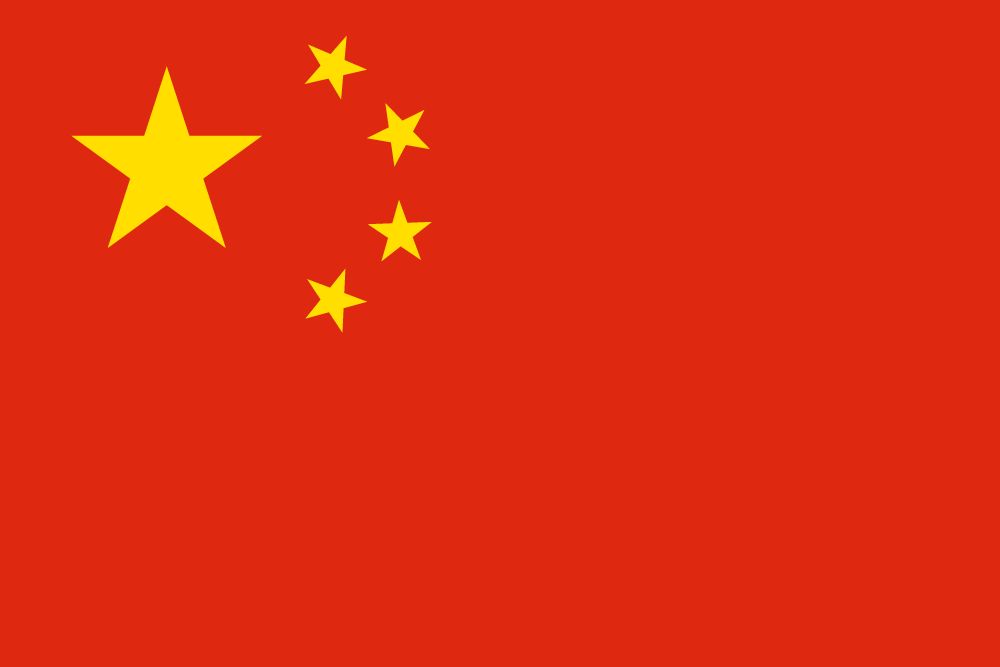 |
Unity of Chinese people under communist leadership |
| Vietnam | 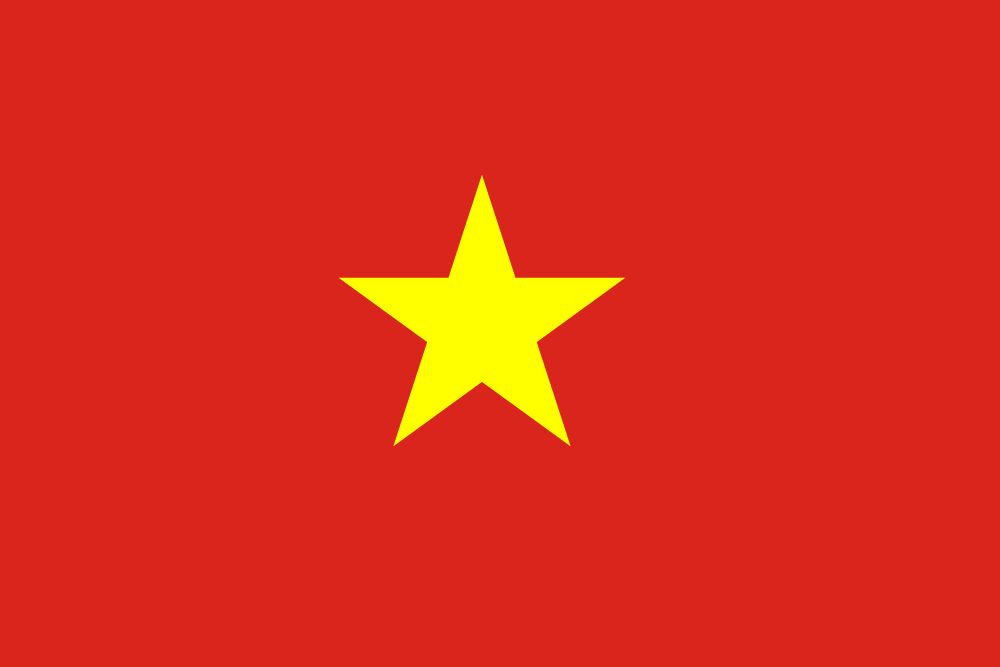 |
Socialist path and struggle for freedom |
| North Korea | 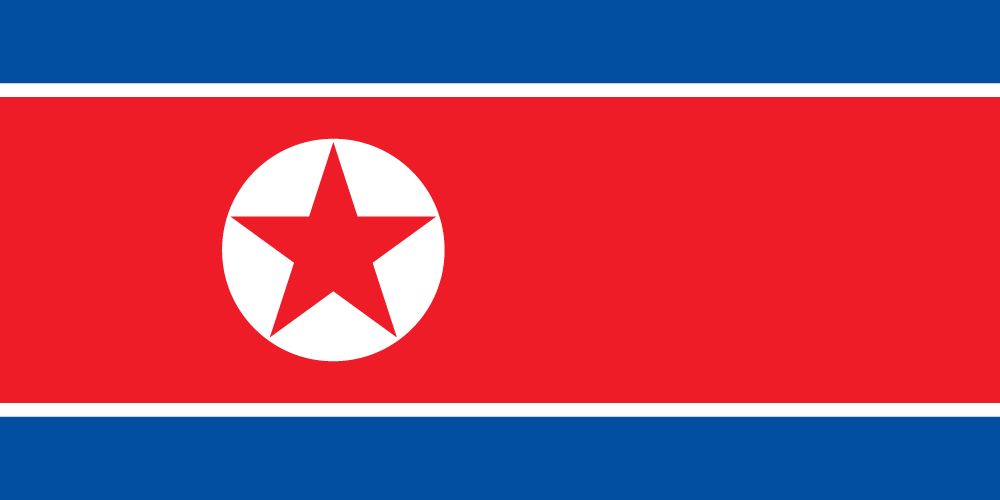 |
Military strength and victories |
| Cuba | 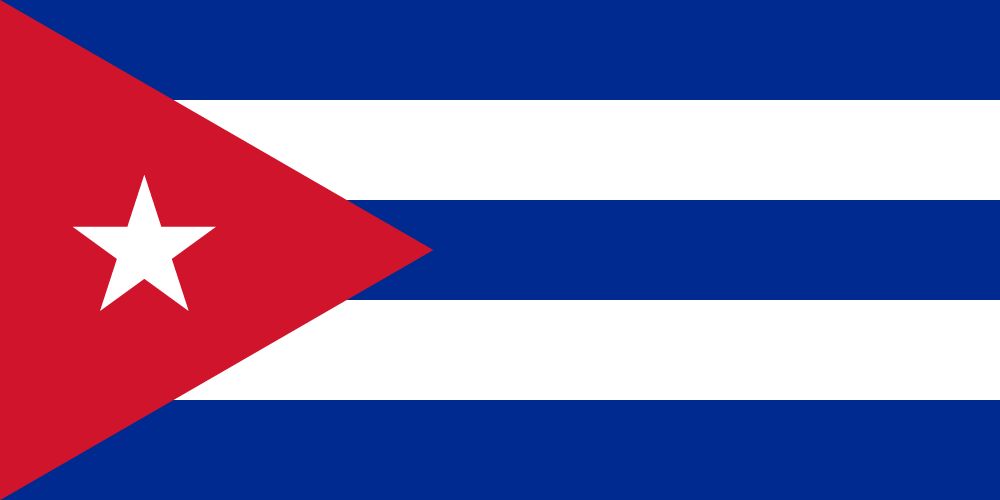 |
Socialism and international solidarity |
| Chile |  |
Progress and guidance of the state |
Overall, the use of the red star in national flags represents a range of political ideologies, military symbols, and revolutionary ideals. Its meaning varies across countries, making it a unique and powerful symbol of national identity and values.
The Political Meaning of the Red Star
The red star is a symbol that has been used in various political contexts throughout history. Here are some of the political meanings associated with the red star:
- Symbol of Communism: The red star is most commonly associated with communism. In many communist countries, the red star was used as a symbol of the revolution and the power of the proletariat. It was also often used on the flags and emblems of communist parties and organizations.
- Symbol of Socialist Movements: The red star has also been used as a symbol of other socialist movements around the world. This includes socialist parties, labor unions, and other leftist groups that have used the symbol to represent the struggle for workers’ rights and social justice.
- Soviet Symbolism: The red star was prominently used in Soviet symbolism. It was featured on the flag of the Soviet Union and was also used on military insignia and banners. The Soviet Union saw the red star as a symbol of the triumph of communism and the power of the state.
Overall, the red star has been a powerful symbol of leftist and socialist movements throughout history. Whether it represents the revolution, workers’ rights, or the power of the state, the red star has been a rallying point for those seeking change and social justice.
Here is an example of a Soviet propaganda poster that prominently features the red star:
 |
 |
| Image from Wikimedia Commons | Image from Wikimedia Commons |
The Soviet Union’s adoption of the red star emblem
One of the most recognizable symbols of the Soviet Union is the red star. This emblem has a long and interesting history, and it has come to represent a variety of things over the years, from communism to a sense of national pride. Here, we’ll take a closer look at the story behind the Soviet Union’s adoption of the red star emblem.
- The Origins of the Star: The red star has long been a symbol of revolution and defiance. It was often used as a symbol by socialist and communist movements in Europe during the late 19th and early 20th centuries. The Soviet Union adopted the red star as a symbol in 1917, during the October Revolution that brought the Bolsheviks to power. At the time, it was seen as a symbol of the workers’ struggle for liberation.
- The Red Army: The red star really became entrenched as a symbol of the Soviet Union during the Russian Civil War (1918-1922). During this time, the Bolsheviks’ military forces were known as the Red Army, and they used the red star as their emblem. The association of the red star with the Soviet military would continue for decades to come.
- The Soviet Flag: In 1923, the Soviet Union adopted a new national flag that featured a hammer and sickle superimposed on a red background. Above the hammer and sickle was a golden star with five points. This star was meant to represent the five social groups that made up the Soviet Union: workers, peasants, soldiers, intellectuals, and the Communist Party. The star was also meant to symbolize the five continents of the world.
While the original design of the Soviet flag included a five-pointed star, the red star would eventually become the dominant symbol of the Soviet Union. The hammer and sickle would remain an important emblem, but the red star was used more frequently and was more easily recognizable.
What did the red star mean for the Soviet Union? It was intended to symbolize the Bolsheviks’ victory over the old order, as well as the achievements of the Soviet Union over the years. To many people, it was a symbol of hope and progress.
| Symbolism of the Red Star | Meaning |
|---|---|
| Revolution | The red star was originally a symbol of revolution and rebellion. |
| Soviet Military | During the Russian Civil War, the red star was used as the emblem of the Red Army. |
| Socialist Unity | The red star was meant to represent the unity of workers, peasants, soldiers, intellectuals, and the Communist Party. |
| Hope and Progress | To many people, the red star was a symbol of the Soviet Union’s achievements and its promise for the future. |
Despite the fact that the Soviet Union no longer exists, the red star remains an enduring symbol of the country’s history and legacy. It can be found on everything from old military uniforms to memorabilia from the Soviet era. For many people, it is still a powerful symbol of revolution, resistance, and progress.
The Red Star on Military Uniforms
The red star symbolizes different things in different cultures, but one common association is its use in military uniforms. Here are some insights on the red star on military uniforms:
- The Soviet Union made the red star a prominent symbol on military uniforms during its existence. It was worn on the peaked caps of Soviet officers and on the breast pockets of their uniforms.
- The red star on Soviet military uniforms represented communism and the Red Army. The five points of the star represented the five branches of the Soviet armed forces: the army, navy, air force, border troops, and the secret police.
- China also used the red star on military uniforms during the Communist Party’s rule. The star was worn on the collars of the People’s Liberation Army.
The use of the red star on military uniforms extended beyond the Soviet Union and China. Here are some other instances:
- In Cuba, the red star appears on the caps of the military and police force.
- The Vietnam People’s Army also wears a red star on their caps and on their insignia.
- In North Korea, the red star is prominently featured on all uniforms, especially in the military and police.
The red star has been a symbol of communism and socialism in many countries where it has been used in their flags, emblems, and logos. Its use on military uniforms has also symbolized the country’s military power and unwavering loyalty to the ruling party.
| Country | Symbolization |
|---|---|
| Soviet Union | Communism and Red Army |
| China | Communist Party and People’s Liberation Army |
| Cuba | Socialism and military power |
| Vietnam | People’s Army and military power |
| North Korea | Communism, socialism, and military power |
The red star on military uniforms continues to be a symbol of power, loyalty, and communism in various countries that have adopted it, drawing a connection between the military, politics, and ideologies.
The symbolism of the red star in communist ideology
The red star is an emblem that has been associated with socialist and communist movements for over a century, and it carries deep symbolism regarding the core values of these movements. The star traditionally signifies power, leadership, and vision, and it is often interpreted as representing the struggle for liberation, the fight against imperialism, and the triumph of the proletariat over the bourgeoisie.
- Internationalism: The red star is commonly perceived as a symbol of internationalism, reflecting the belief that communism is a global movement rather than a national one. This idea was epitomized in the Soviet Union, where the red star was linked with the Soviet Union’s influence over its satellite states.
- Revolutionary spirit: The red star also represents a revolutionary spirit, as it has been used as a symbol of resistance against imperialist or capitalist forces. For instance, during the Spanish Civil War, the red star was used as an emblem of the Republican forces as they fought against fascism.
- The triumph of socialism: The red star also symbolizes the triumph of socialism over capitalism. According to Marxist ideology, capitalism is inherently exploitative, and socialism is a more equitable means of organizing society. Therefore, the red star represents the ultimate victory of socialist ideas over capitalist ones.
In addition to these broad themes, the red star has specific meanings in communist ideology. One of the most important is its association with the number six. This connection goes back to the Soviet Union, where Stalin’s famous five-year plans were so successful that a sixth plan was initiated. To commemorate this, the number six was added to the red star as a symbol of the Soviet Union’s successes and its continuing commitment to socialist ideals.
| Symbolic Meaning | Interpretation |
|---|---|
| Red | Representative of communism and the struggle of the proletariat against the bourgeoisie. |
| Star | A symbol of guidance, leadership and power. |
| Number 6 | Represents the Soviet Union’s success in implementing the five-year plans, as well as their continuing commitment to socialism. |
In conclusion, the red star is a powerful symbol that represents the core values of communism and socialism. Through its use in revolutionary movements, it has come to represent resistance against imperialism and the triumph of socialism over capitalism. Its connection to the number six symbolizes the success of the Soviet Union’s five-year plans and its commitment to socialist ideals.
The Use of Red Star in Popular Culture and Entertainment
The red star is a symbol that has been used in popular culture and entertainment for decades. It has been featured in movies, TV shows, music videos, and even video games. The symbol has different meanings depending on the context it is used in.
- In the Soviet Union, the red star was used as a symbol of communism and the power of the state.
- In the United States, the red star was often associated with communism and the Cold War.
- In music, the red star has been used as a symbol of rebellion and anti-conformity in punk rock and new wave music. Bands like the Sex Pistols, Dead Kennedys, and Joy Division all featured the red star in their logos and album art.
One film that prominently features the red star is the 1984 action movie Red Dawn. The movie tells the story of a group of American teenagers who become guerrilla warriors in order to defend their hometown from a Soviet invasion. The red star is featured on the Soviet uniforms and tanks.
The red star has also made an appearance in video games. In the popular game series Mario, the red star is a power-up that gives the player temporary invincibility.
| Movie | Year | Use of Red Star |
|---|---|---|
| Red Dawn | 1984 | Symbol of invading Soviet forces |
| Rocky IV | 1985 | On Ivan Drago’s boxing gloves as a symbol of Soviet power |
| V for Vendetta | 2006 | Used as a symbol of resistance against a totalitarian government |
Overall, the use of the red star in popular culture and entertainment has varied throughout the years. While it was once associated with communism and the Soviet Union, it has also been used as a symbol of rebellion and resistance by counterculture movements. Its versatility as a symbol provides it with the ability to adapt to any context it is used in.
The red star in revolutionary propaganda
The red star is an often-seen symbol in revolutionary propaganda, representing different ideologies throughout history. Here are some of the most significant uses and meanings of the red star:
- Marxism-Leninism: The red star was adopted as the symbol of the Soviet Union under the rule of Joseph Stalin, who implemented the ideology of Marxism-Leninism. The five-pointed red star represented the unity of the working class, collective ownership, and the five continents of the world united under communism.
- Communist China: Mao Zedong, the founder of the People’s Republic of China, also adopted the red star as a prominent symbol of the Communist Party of China. The Chinese version typically has a yellow border, representing the “yellow race.”
- Communist Vietnam: The red star was also used in propaganda during the Vietnam War. The North Vietnamese flag featured a red star in the center, symbolizing the unity of the Vietnamese people and their fight against imperialism.
Aside from these major historical examples, the red star has also been used in various other leftist and socialist movements.
Interestingly, the numeral 8 also holds significance in revolutionary propaganda. In Chinese culture, the word for “eight” sounds similar to the word for “prosperity,” making it a lucky number. Additionally, the number 8 turned on its side resembles the symbol for infinity, representing the never-ending struggle and fight for a better world. In Soviet propaganda, the 8-pointed red star was sometimes used, representing the eight key industrial sectors of the economy.
| Symbol | Meaning |
|---|---|
| Five-pointed red star | Unity of the working class, collective ownership, the five continents of the world united under communism |
| Yellow-bordered red star | Symbol of the Communist Party of China, representing the unity of the Chinese people |
| North Vietnamese flag | Red star in the center representing unity of the Vietnamese people and their fight against imperialism |
| 8-pointed red star | Representation of the eight key industrial sectors of the Soviet economy |
Overall, the red star continues to serve as a powerful and recognizable symbol of leftist movements, promoting themes of unity, equality, and resistance against oppression.
The controversy surrounding the red star in modern times
The red star has been a symbol of various political ideologies and movements throughout history. In modern times, it has become a source of controversy, particularly in countries with a communist or socialist history. Here are some of the issues surrounding the red star today:
Number 9: The use of the red star in fashion
- In recent years, the red star has been used in fashion designs by various high-end brands, causing controversy among consumers and activists. Many people argue that the use of the red star is insensitive to those who suffered under communist regimes or to those who lost loved ones fighting against them.
- The use of the red star in fashion has also been criticized as cultural appropriation, as it takes a symbol that has a deeply political and historical meaning and turns it into a trendy fashion statement without understanding or acknowledging its true significance.
- On the other hand, some argue that the red star is an inherently powerful and iconic symbol that transcends politics and can be used in fashion in a way that is respectful and meaningful. They argue that the red star can represent ideas like unity, strength, and rebellion, without necessarily endorsing communism or any other specific ideology.
The controversy surrounding the red star in modern times
Despite the various controversies surrounding the red star, it remains a potent and influential symbol in the modern world. Its meaning and significance continue to evolve, and its use will likely remain a subject of debate and discussion for years to come.
The Variations of the Red Star Symbol in Different Cultures and Contexts.
Symbolism plays a significant role in different cultures and societies around the world. One of the most striking symbols is the red star, which can represent a range of meanings depending on the context. Here are some of the variations of the red star symbol in different cultures and contexts:
- Communism: Perhaps the most famous use of the red star is in communist ideology. The red star with a hammer and sickle in the center represents the communist party, which aims to promote socialism and equality. This symbol became popular during the Russian revolution in 1917 and was later adopted by many other communist parties, including the Chinese and Vietnamese.
- Islam: In Islamic culture, the red star is often associated with the Prophet Muhammad, who is said to have used a red flag with a star during battles. The symbol has been used by several Islamic groups throughout history, including the Ottoman Empire.
- Soviet Union: The Soviet Union used the red star as a military symbol during World War II. It was prominently displayed on tanks, planes, and uniforms, and came to represent the Soviet army and its victories.
The meaning of the red star symbol can also vary within a specific culture or society. For example:
In China, the red star is often associated with good luck and prosperity. It is often seen on Chinese New Year decorations and is also used as a branding symbol for many Chinese companies.
The red star also has a unique place in the history and culture of North Korea. The symbol is prominently displayed on the country’s flag and is a representation of the ruling Korean Workers’ Party.
| Culture | Meaning of the Red Star Symbol |
|---|---|
| Russia | Military symbol |
| China | Good luck and prosperity |
| Islamic | Symbol of the Prophet Muhammad |
| North Korea | Symbol of the Korean Workers’ Party |
Overall, the red star symbol has been used in a wide range of contexts throughout history. It can represent military power, good fortune, and even ideology. As society continues to evolve, so will the meanings behind this iconic symbol.
What does a Red Star symbolize?
1. What is the origin of the Red Star symbol?
The Red Star symbol has its roots in communism and has been used as a symbol of socialism, revolution, and the Soviet Union.
2. Does the Red Star have any religious significance?
In some cultures, the Red Star represents the divine presence of God or the guiding light to spiritual enlightenment.
3. Have any political parties used the Red Star symbol?
Some leftist political parties have adopted the Red Star symbol as its emblem to represent their ideologies, including socialism and communism.
4. Is the Red Star associated with any specific country?
The Red Star is often associated with the former Soviet Union and its socialist regimes. However, it has been used in various contexts in other countries as well.
5. What does the Red Star stand for in military insignia?
The Red Star is a common symbol used in military insignia and represents rank or achievement in communist armed forces.
6. Is the Red Star still used today?
While not as prevalent as during the Soviet era, the Red Star still appears in various contexts, including as a symbol of leftist movements and as part of fashion or pop culture.
7. What other meanings does the Red Star symbolize?
In addition to its political and cultural connotations, the Red Star can also represent good luck or success in some cultures.
Thanks for Exploring the Symbolism of Red Star!
We hope this article has provided you with some insights into the symbolism and varied interpretations of the Red Star. Whether it carries political, religious, or personal significance, it remains an iconic symbol that continues to inspire and provoke emotions. Thank you for reading and make sure to come back for more interesting explorations into symbolism and meaning!

